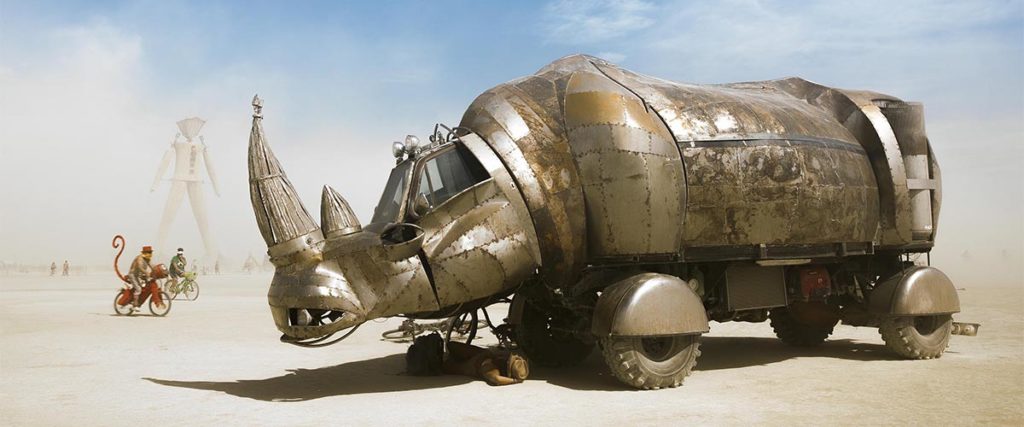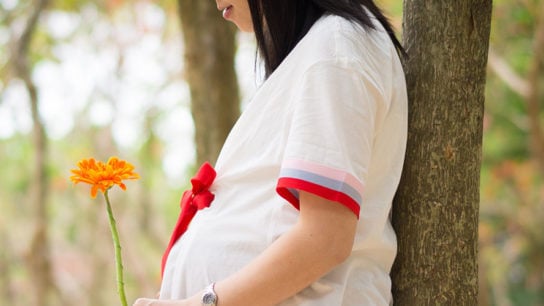Last week, Philip Volkers flew to Hong Kong to debut his best-selling print Dust to Dawn, a visual chronicle that delves into the whimsical world that emerges out of the sand each year in the middle of the Nevada desert.
Acclaimed British photographer and adventurer Philip Volkers has travelled far and wide to document some of the world’s most out-there sights. From the extraordinary religious gathering found at Kumbh Mela in India to horse trekking across the Namibian Desert and, of course, the one and only Burning Man Festival, the Olympus ambassador’s works reveals subjects that are largely unexplored by outsiders, giving a glimpse at the lives lived on the other side of his lens.
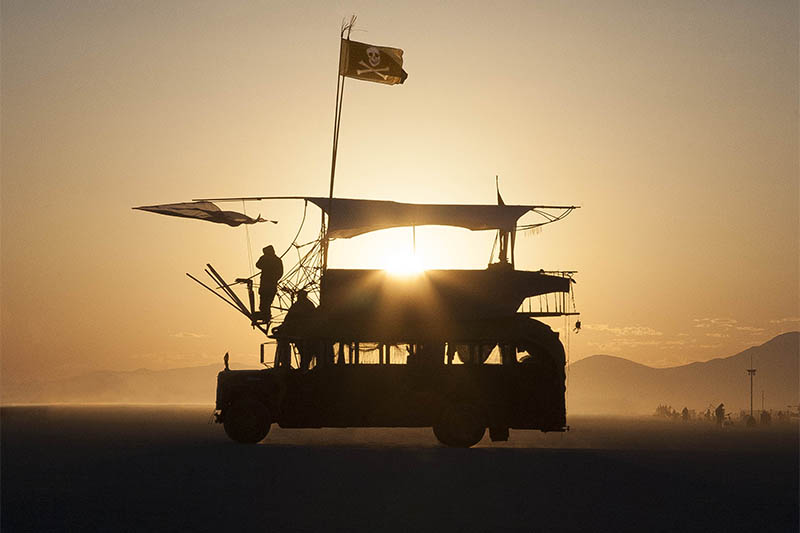
It was twelve years ago, in between his multiple expeditions and photo shoots for publications and companies such as Vogue, the BBC, Apple, and Olympus, that Philip Volkers first embarked on his pilgrimage to Burning Man, a countercultural festival that takes place every year in Black Rock City, in the middle of the remote Nevada desert. In an attempt to make sense of the incomprehensible world of ‘burners,’ he joined in to see what the fuss was about.
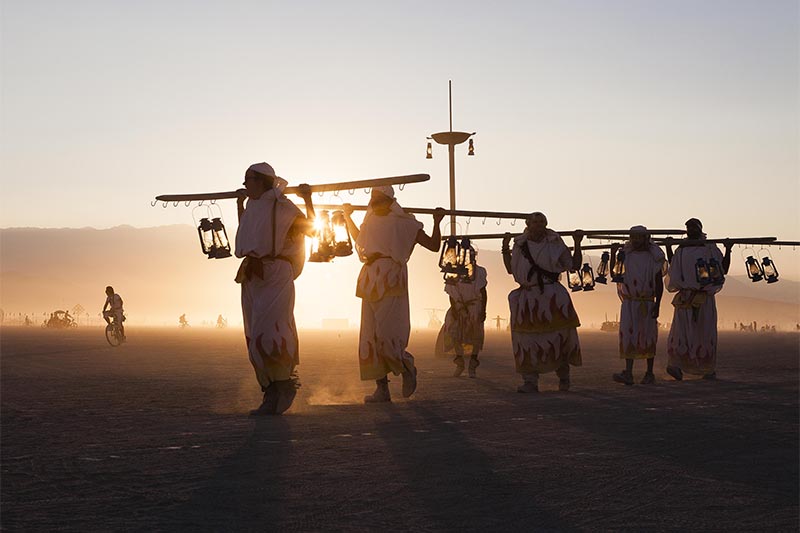
Over the course of a decade, he compiled a collection of beautiful, unearthly images of the festival now synonymous with his name. Those images have just been taken on a round-the-world exhibition. And, last week, Hive Life hosted Philip Volkers at The Hive Studios for his Asia book launch, as well as our very first edition of Creative Experiences – a fireside chat where the man himself recounted his personal photographic journey, dropping some tantalising anecdotes of the stories behind his favourite shots along the way.
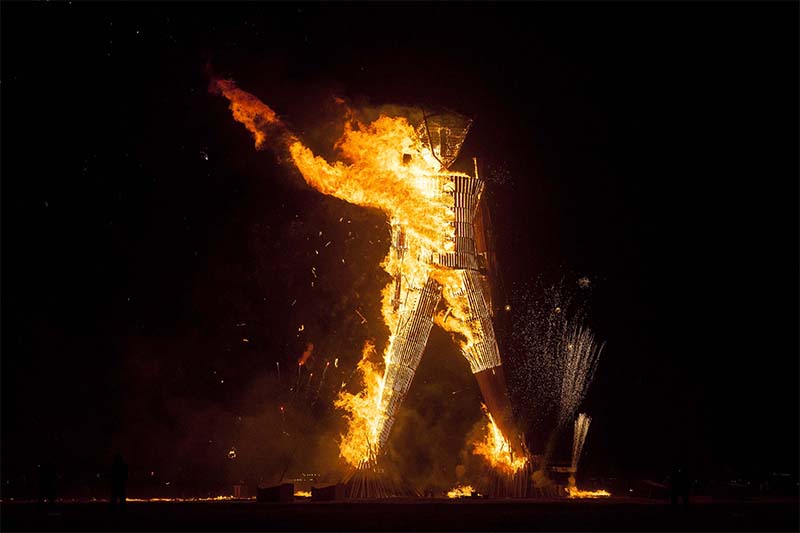
Beginning life as a small gathering on San Francisco’s Baker Beach in 1986 organised by friends Larry Harvey and Jerry James, The Burning Man festival has quickly evolved into a cultural extravaganza like no other in the world, attracting over 70,000 attendees every year. It is a place where money and hierarchy are banished, where inclusion and freedom of expression reign. “I’ve never been to anywhere quite like that before. It feels bizarre, like an alien landscape. It is a very interesting human experiment that has never been done before,” says Philip Volkers of what propelled him to create a book dedicated to the annual spectacle.
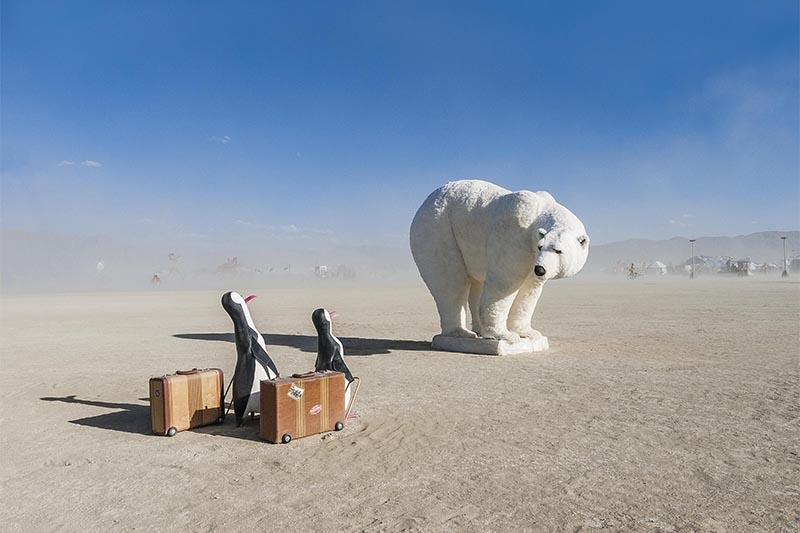
His new photography book Dust to Dawn (the cover of which Philip Volkers sheepishly admits that he couldn’t recall photographing) is a culmination of years of experience and dedication. “I thought, it’s gonna only take a year or two. I didn’t realise it would take ten years,” says the reportage photographer, laughing. First published four months ago, the book is an apt portrait of the festival itself – of the land, the storm, the art installations, but also of its people – the burners, the artists and creative revellers, who all converge on the world’s greatest temporary city each year. “I wanted to photograph the artwork and the people, people who create, people who sweat and toil for weeks, if not years, to bring the artworks to life. I wanted to get underneath the glitz and glamour on the surface to reveal what Burning Man truly is.”
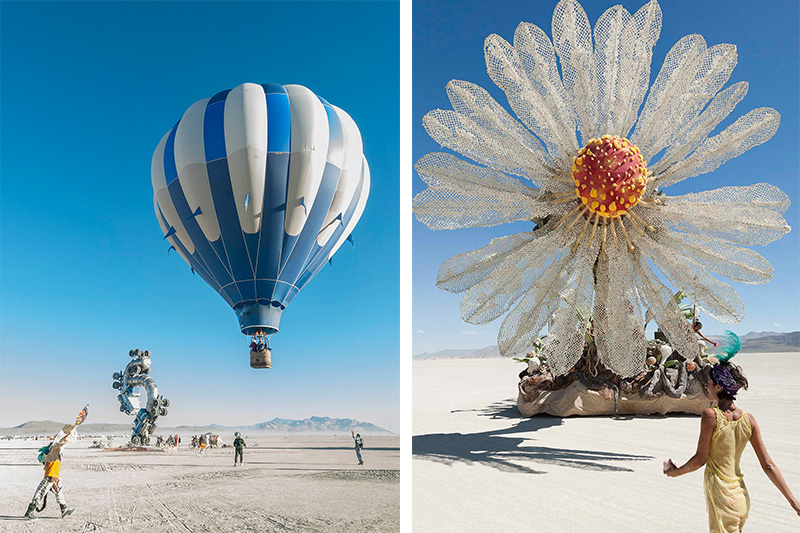
Steering away from the celebrities and Silicon Valley billionaires that pervade mainstream and social media portrayal of the festival, Dust to Dawn focuses its lens on the crux of the festival, the extravagantly costumed pioneers and their creations such as the wooden effigy from which the festival takes its name, the masked crowd in the moment when everything is set ablaze and burnt to dust in the blink of an eye.
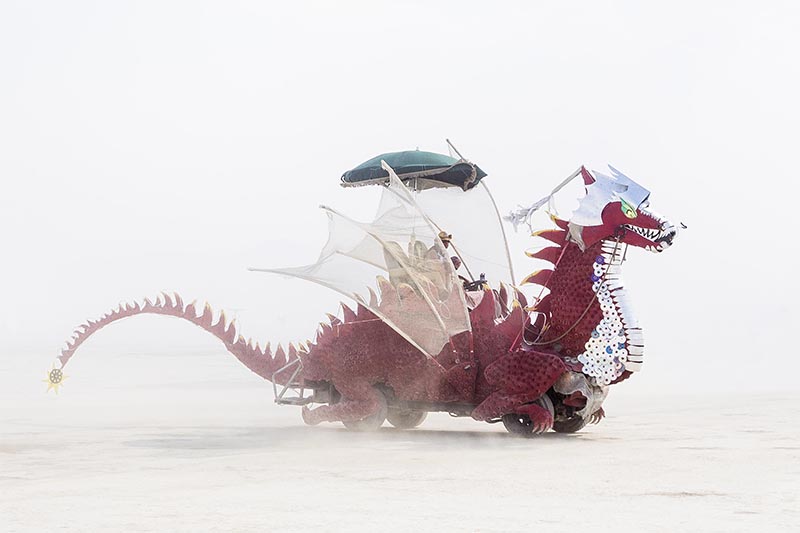
“One of the photos in the book features my wife when we were on our honeymoon,” Philip Volkers adds, chuckling, “I still owe her a real honeymoon.” His elaborate, Mad-Max like visuals embody the energy, characters and craziness of their truly unique subject. They also portray its challenges – setting up shots in the middle of the desert for a week, whether as a reveller or spectator, is not without its difficulties. “The alkaline dust corrodes metal and leather, even your skin,” says Philip Volkers. “If you spend more than a week or two out there, it starts to eat things away. But that’s life. You just have to deal with it.”
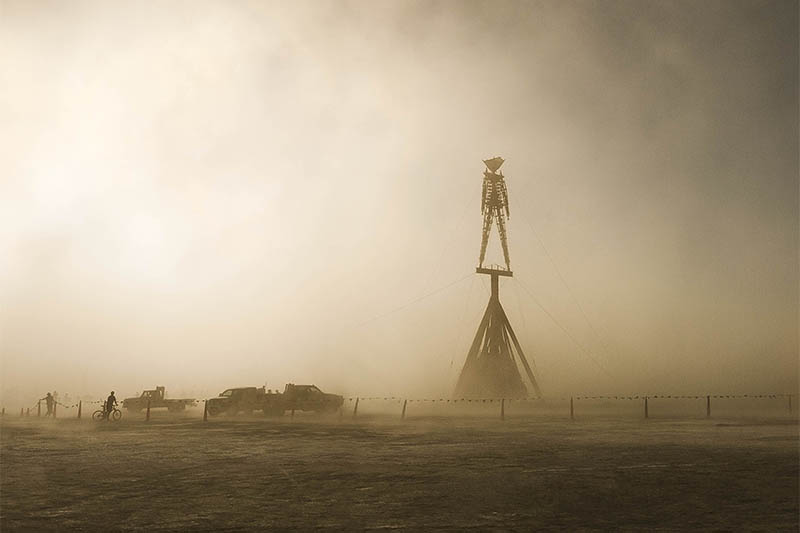
Sharing his thoughts on capturing some of his most surreal and striking moments at our Q&A session, the photographer gave his insights on the secret to capturing images with real soul. “You have to participate. You have to be part of the community to find out their stories because people there don’t like to be photographed, but they can be really candid. So you have to get their trust. Photography is a shared experience. It takes you down a weird rabbit hole, allows you to get access to places that you never have access to.” Given the visual feast his book offers up, they seem experiences well worth chasing.
